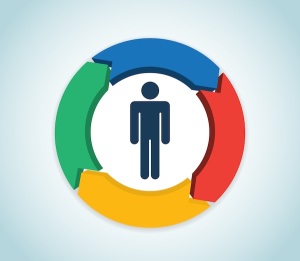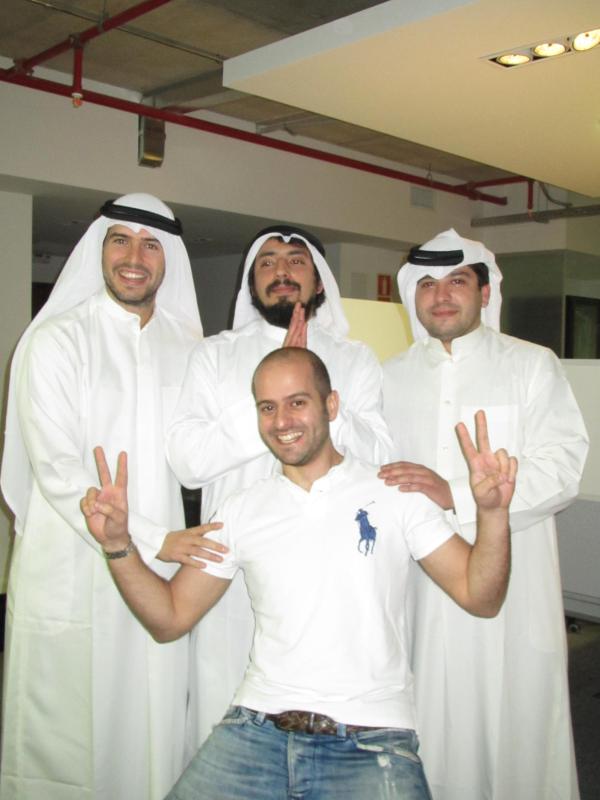You’ve heard it a million times: a good company culture is key to the success of a startup. But what does that even mean? Sure, the free snacks, ping pong tables, and company-sponsored kickball teams are a nice perk, but is that the main benefit of a startup culture? I’m going to argue no, but feel free to challenge me on that at the end of this.
Company Culture Defined
Lets start by defining company culture. I’ve seen many people try to define company culture, but the best definition I have seen is from Entrepreneur magazine and it states that “company culture is a blend of the values, beliefs, taboos, symbols, rituals, and myths that a company develops over time.” Put plainly, its how the people at a company think, act, and feel.
Sure the perks are nice, but what if company culture led to something bigger? What if a great company culture helped people solve big problems? I work at a startup where this is happening every day. FindTheBest is a Santa Barbara Internet startup that equips people with the best information and research tools to enable people to think like experts and make confident decisions. We have the tangible perks of free snacks, ping pong tables, and cross fit at lunch, but the intangible perks are much bigger. The fact that our team is able to work together to solve big problems is the greatest aspect of our company culture.
Company Culture Helps People Solve Big Problems
Our team members are always ready to test, fail, learn, test, fail, learn, test, succeed, scale. In order to go through this process as efficiently and effectively as possible, our team works together at every step of the process. Every single day, people talk to people from other teams. The product team talks to business development who talks to marketing who talks to engineering. At FindTheBest, we sit in one big open room – there are no desks, and no barriers to finding whoever it is that you want to talk to. This physically open culture is just one of the ways that we facilitate our team members to be open with each other and collaborate on a regular basis.
If you want your startup to have a highly collaborative culture, you have to start at the beginning and hire people that are willing to collaborate and have a proven track record of success. You want to look at what university they went to and what they were involved in while they were there. You want to look at what companies they have worked at in the past and what success they have had there. It’s easy to think that people will adapt to the culture once they arrive, but that isn’t always the case, so take time when hiring new team members and make sure you find the best fit for your organization.
A good company culture is important on many fronts. It keeps your employees happy, attracts potential hires, and helps solve big problems. It’s important to remember that it’s not all about the free snacks and game tables. It’s about creating a company culture that facilitates open communication and collaboration.


